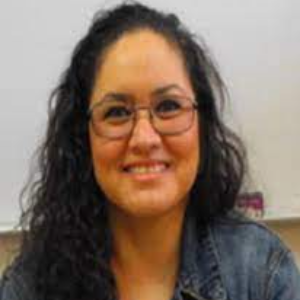Title : Computer-aided diagnosis of five-class skin lesions
Abstract:
Nowadays, there is an increasing amount of skin diseases. The ultraviolet radiation and tanning beds are the primary risk factors. Early detection of skin diseases is one of today’s priority tasks worldwide. Globally, in 2010, skin diseases were the fourth leading cause of nonfatal illnesses that caused economic losses due to inabilities. The actinic keratosis is one of the skin lesions considered pre-cancerous. Its diagnosis at the earlier stage could prevent to evolve to squamous cell carcinoma. This work proposes a computer-aided diagnosis model for color images of five skin lesions: actinic keratosis, basal cell carcinoma, intraepithelial carcinoma, malignant melanoma, and squamous cell carcinoma. The model is based on 1D fractal signatures. Three 1D signatures are built per image, and the energy of the signatures are used to construct the 3D classifier space. Five classifier spaces were studied: k-nearest neighbors, support vector machines, naive Bayes, and decision trees. The proposed methodology was tested on the Dermofit Image Library. Five thousand images were used to test the models. 80% of the images were part of the training step, and 20% of the images were utilized to test them. The KNN classifier space showed the best results, accuracy=97.23% precision=93.15%, sensitivity=93.11%, and specificity=98.27%. We propose a novel methodology easy to implement and reliable as the convolutional neuronal networks. In this work, the information on healthy skin is used as well as lesioned skin. The lesioned region is not segmented as it is done in most of the work on the same topic. So, the time and the errors of the wrong segmentation process are avoided.


